How to Install Our Trap Monitors
Here we show you how our trap monitors can be installed on different types of traps.
Click on the trap type you are interested in:
Box traps
You can use either the "Standard" or "Neo" version.
The "Standard" version is usually better suited because it has three advantages:
-
Better protection: The monitor can be placed on the side, so people walking by won’t see it. However, the trap is still fully monitored electronically.
-
Automatic activation: When you set the trap, the monitor automatically activates itself.
-
Fewer false alarms: There are no problems with magnets or strings. This means:
- Birds cannot cause false alarms.
- Mice cannot chew through the string.
- If the sensor cable is damaged, it will trigger an alarm—so you will notice it immediately!





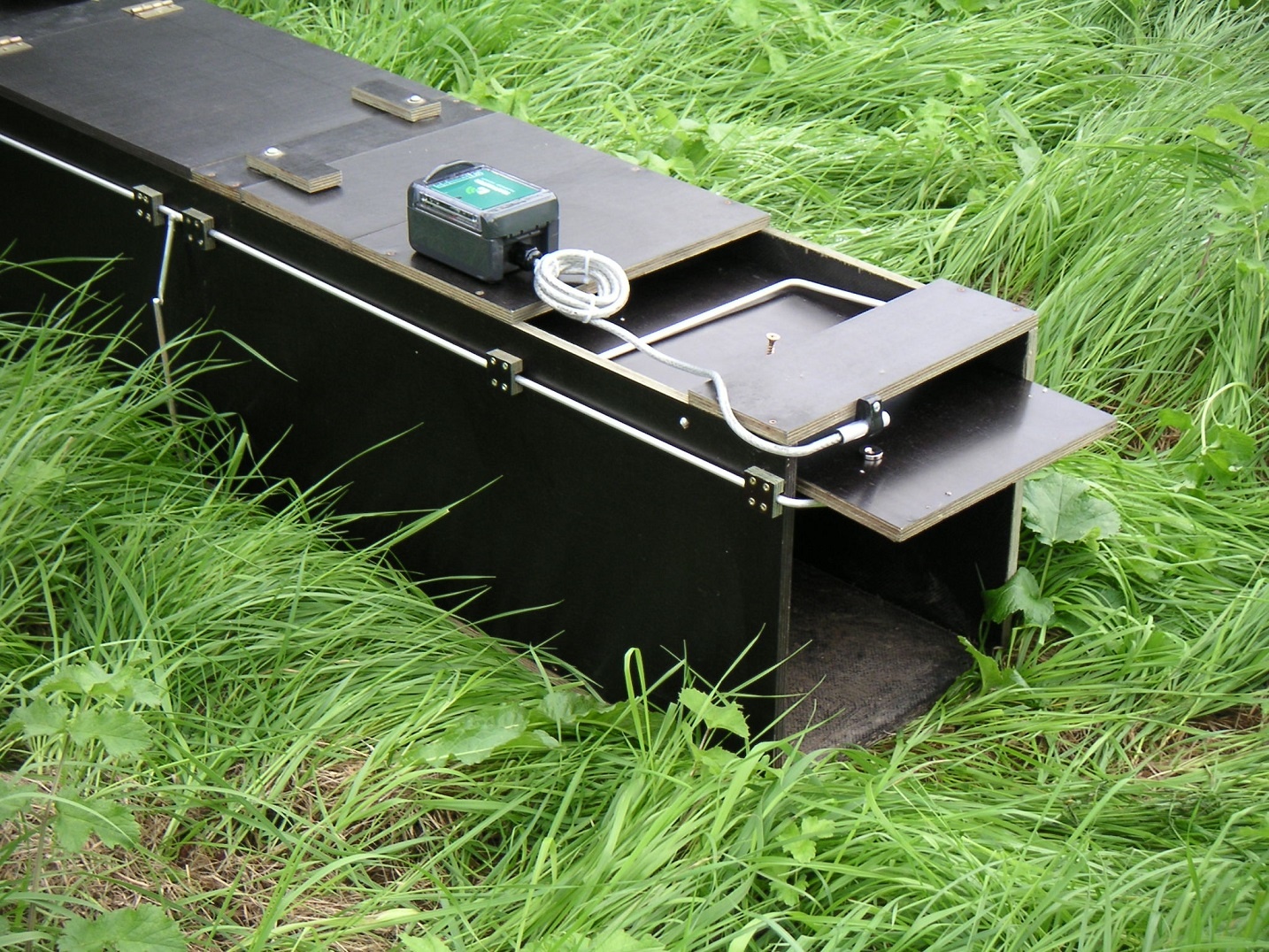
Raccoon and nutria traps
TRAPMASTER Version Neo with tilt sensor.
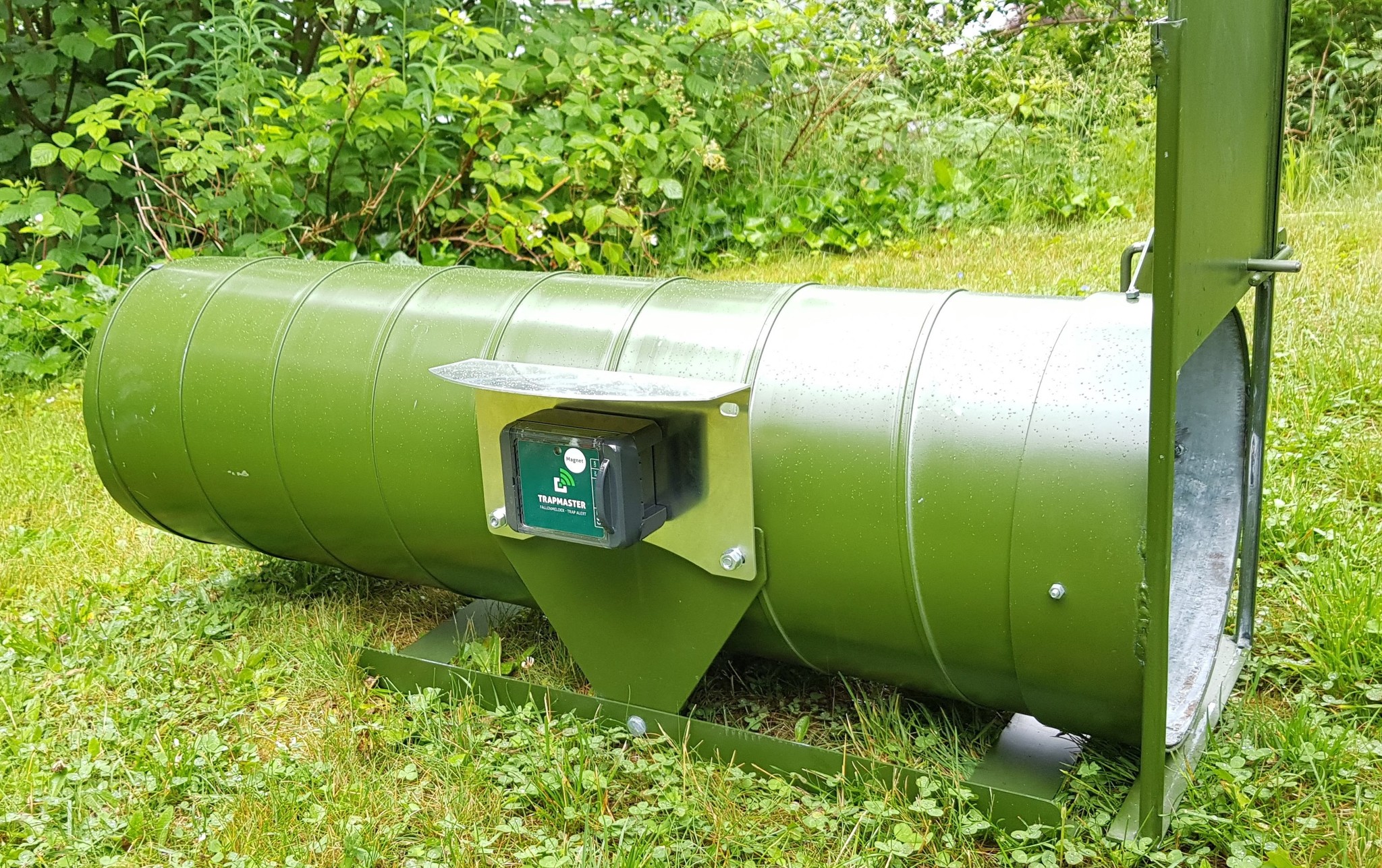
Concrete pipe traps with enclosure
In these applications usually the version "Neo" works best. The magnet is ripped away from the enclosure. The string is attached to a part of the inner mechanics that moves away when the trap is triggered.

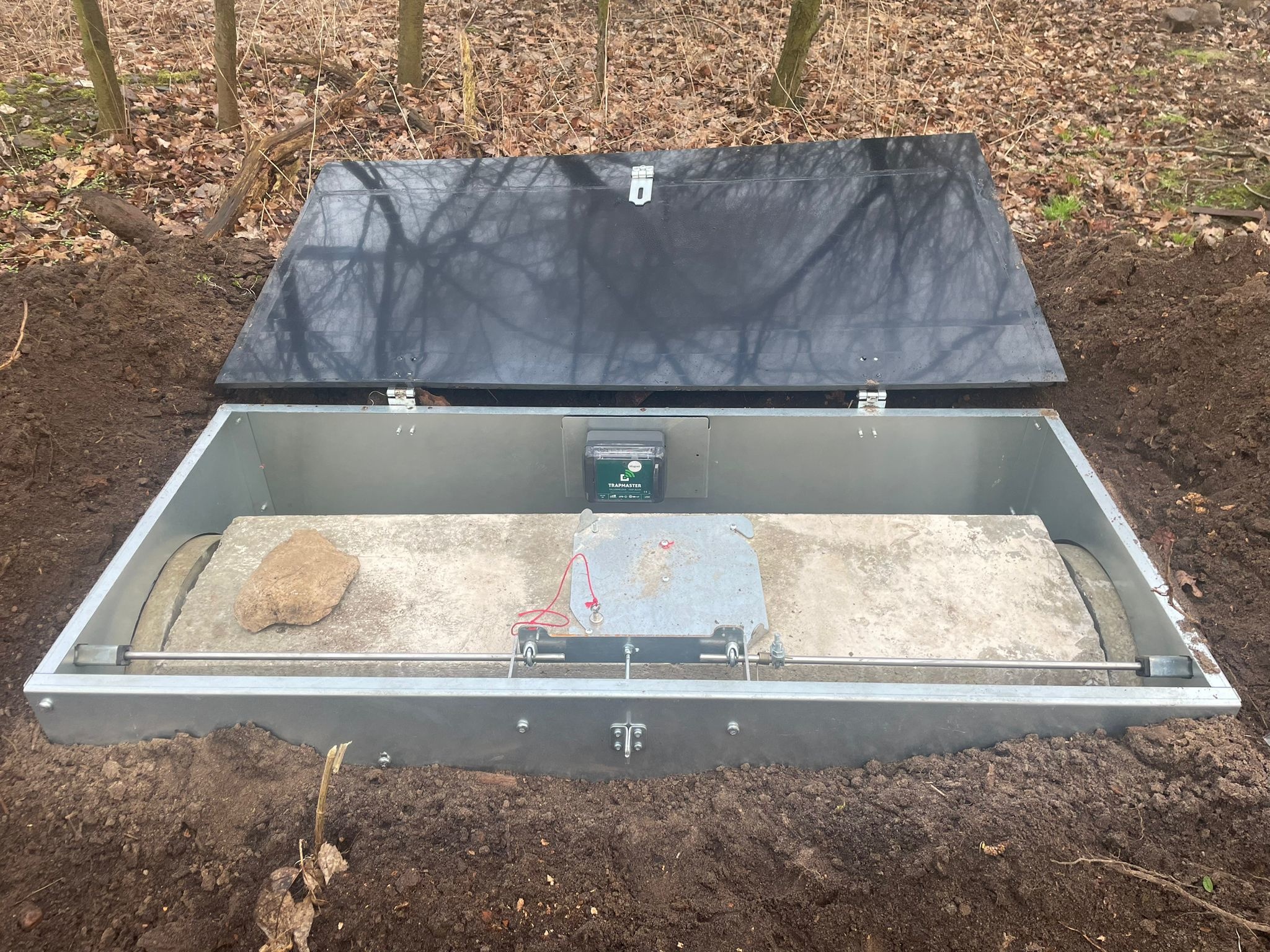

On some of the concrete traps it can be easier to monitor one of the gates. This is similar to the installation on box traps - ideally with version "Standard".


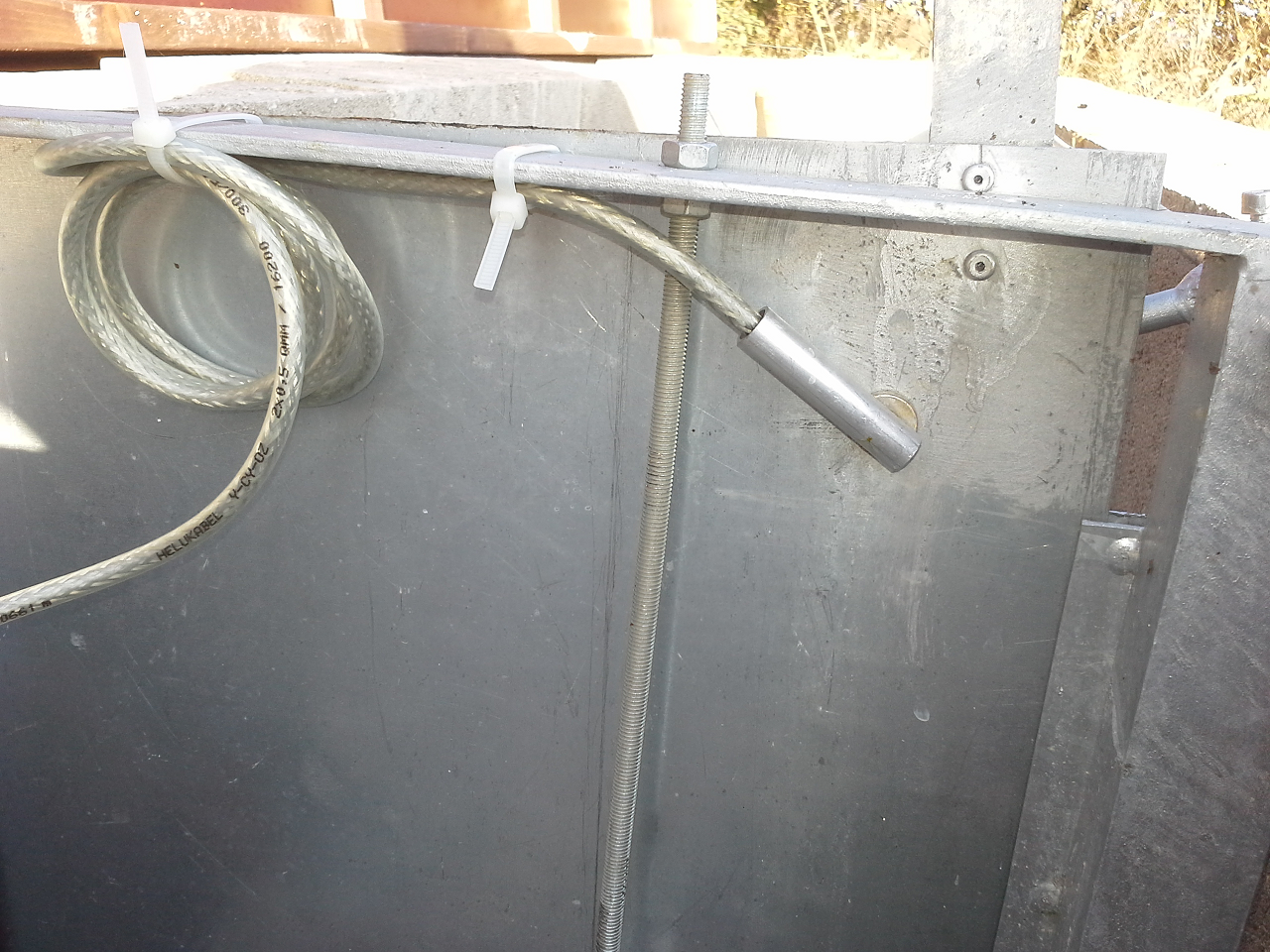
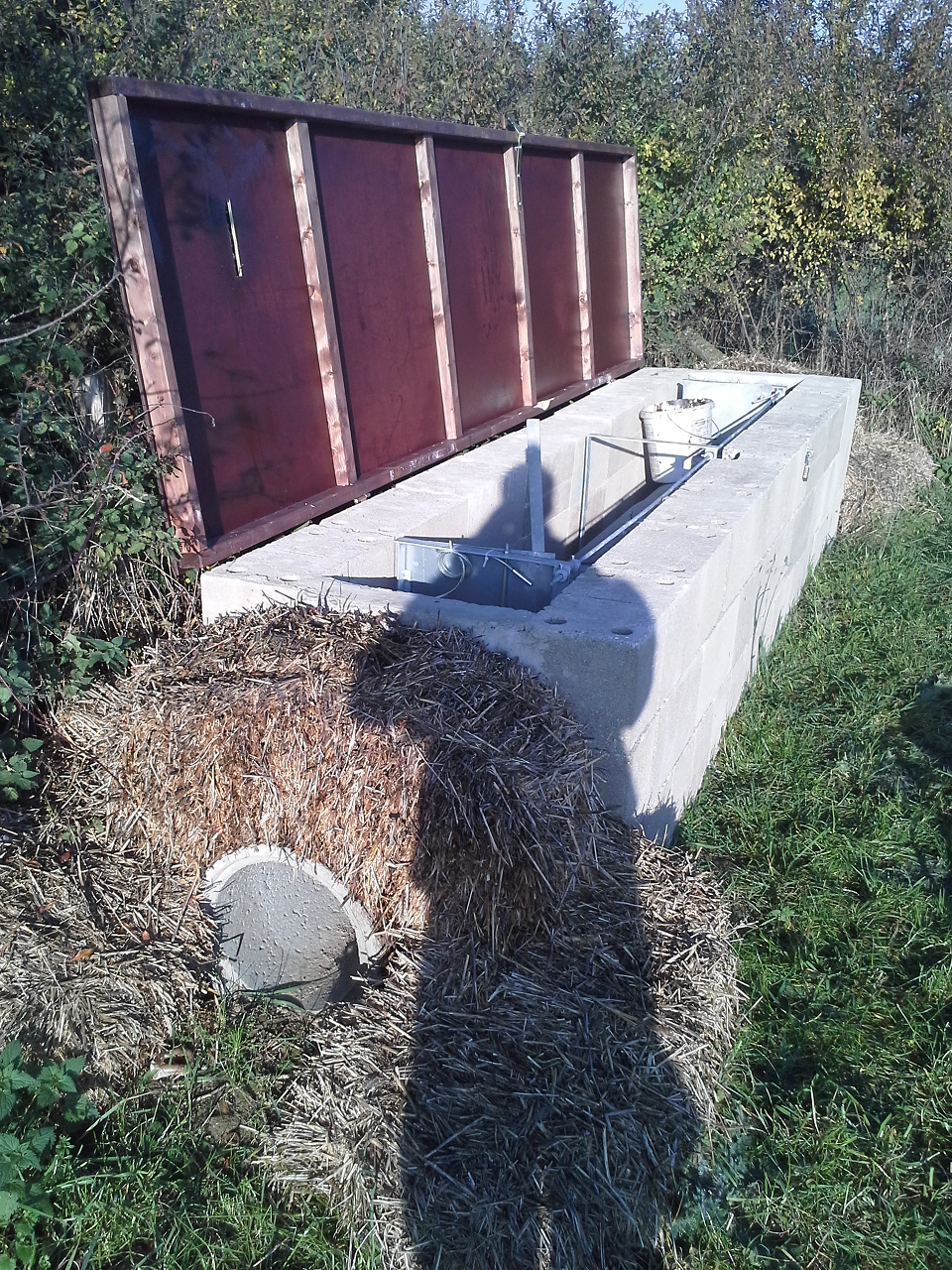
Tuscher concrete trap
The metal level on the front moves away when the trap is triggered. Here you can use a TRAPMASTER, Version Neo an connect the string to the metal part.

Spittler trap
TRAPMASTER version Neo can be installaed inside the metal enclosure.


Ausgelöst:

Case traps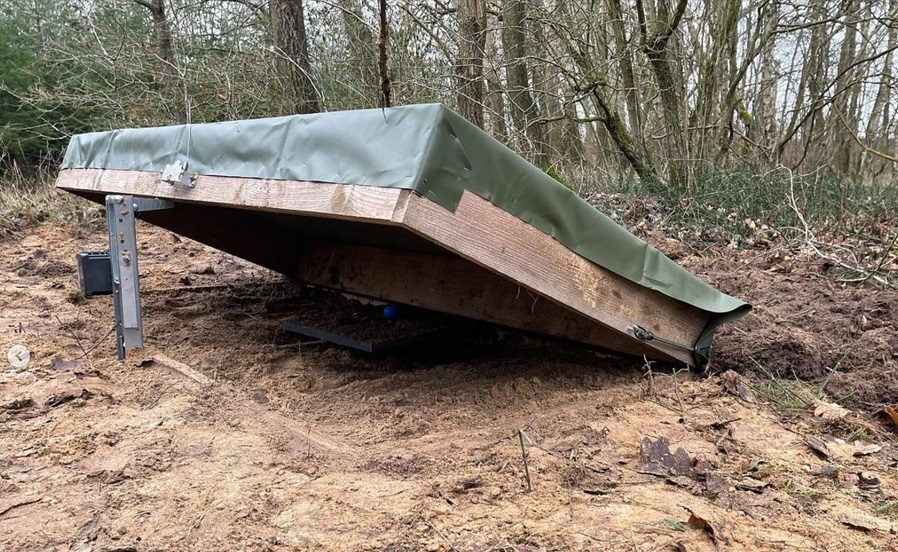
Wire mesh traps
Similar to box traps (see above).




